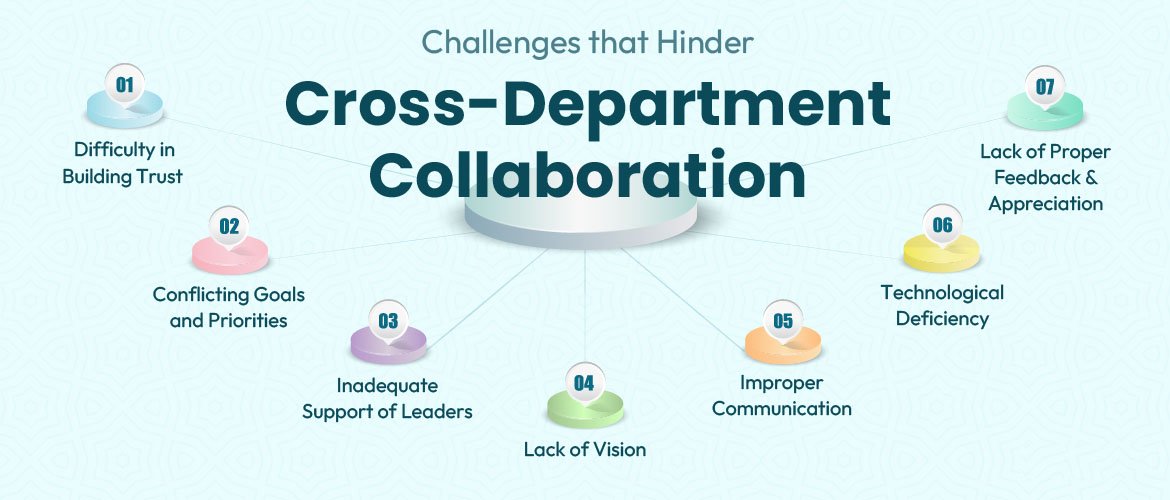Bridging the Gap: From Ancient Pathways to Futuristic Highways
Civil engineering, as a discipline, has played a pivotal role in shaping the way societies have connected and communicated throughout history. From the ancient pathways that linked civilizations to the modern highways that facilitate global transportation, civil engineering has been at the forefront of creating essential infrastructure. In this blog, we will explore the fascinating journey from ancient pathways to futuristic highways, highlighting the key developments, challenges, and innovations along the way.
Ancient Pathways
Long before modern highways and road networks, ancient civilizations laid the foundation for transportation systems. Ancient pathways, such as the Silk Road and the Roman road network, revolutionized trade and cultural exchange. These early engineers faced challenges like varying terrains and limited resources, but their ingenuity in road construction techniques laid the groundwork for future advancements.
Evolution of Road Construction
As societies evolved, road construction techniques advanced as well. In the 18th and 19th centuries, innovations like the Macadam road and the advent of steam-powered machinery revolutionized road building. Later, the introduction of reinforced concrete and asphalt pavements further improved durability and load-bearing capacity. Engineers continuously refined construction methodologies, integrating new materials and technologies to meet evolving demands.
The Rise of Highways
The 20th century witnessed a significant shift in transportation with the rise of modern highways. From the famous U.S. Interstate Highway System to the Autobahn in Germany, these large-scale road networks transformed the way people and goods move. The design principles of highways focused on safety, efficiency, and capacity, incorporating features like grade separation, controlled access, and multiple lanes. Civil engineers played a crucial role in planning, designing, and constructing these intricate networks that interconnected cities, regions, and countries.
Sustainable and Smart Highways
In the 21st century, civil engineering has taken the concept of highways to new frontiers. Sustainability and smart technologies are now at the forefront of highway design. Engineers are integrating eco-friendly materials, such as recycled asphalt and concrete, to reduce environmental impact. Smart highways equipped with intelligent transportation systems, sensor networks, and autonomous vehicle infrastructure are becoming a reality, improving traffic management and safety. Additionally, efforts are underway to explore renewable energy generation through solar panels embedded in road surfaces.
Conclusion
From ancient pathways to futuristic highways, civil engineering has constantly evolved to meet the changing needs of society. The journey has been marked by innovative construction techniques, improved materials, and the integration of smart technologies. As civil engineering students, understanding the historical context and the trajectory of highway development can provide valuable insights into the challenges and opportunities that lie ahead. Embracing sustainability and embracing emerging technologies will be key as we continue to bridge the gap between the past and the future.



















